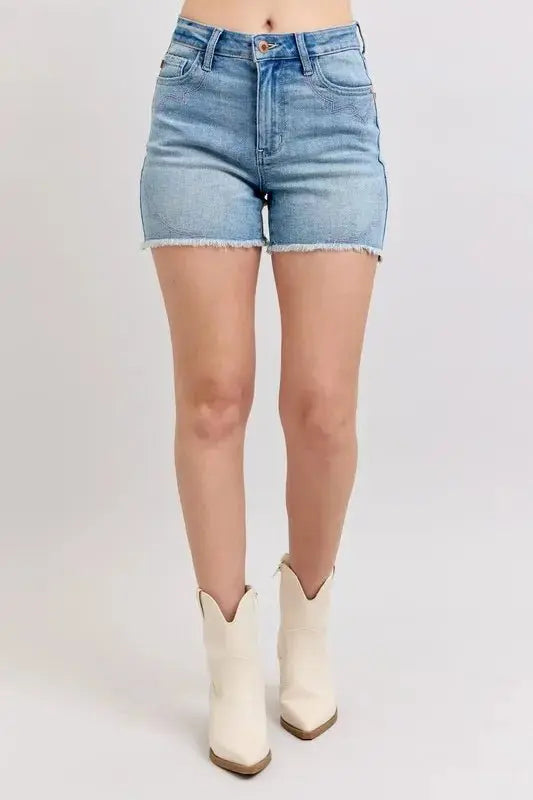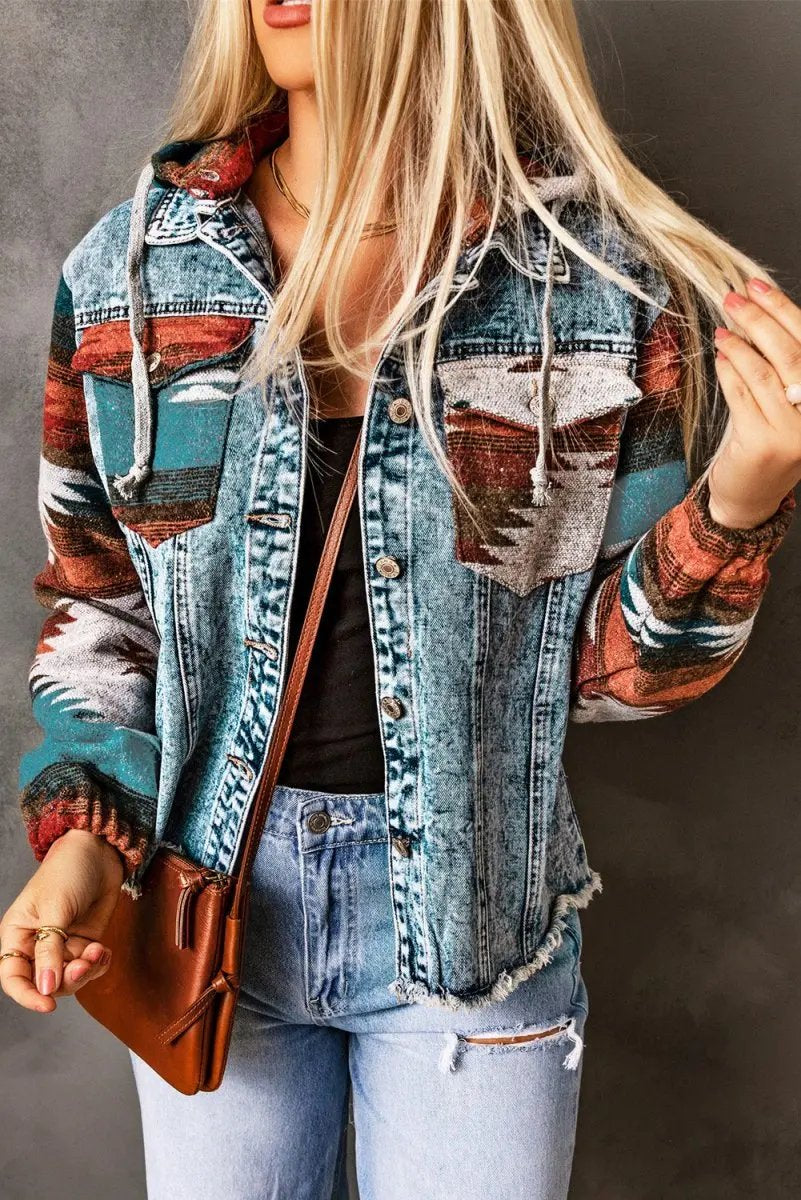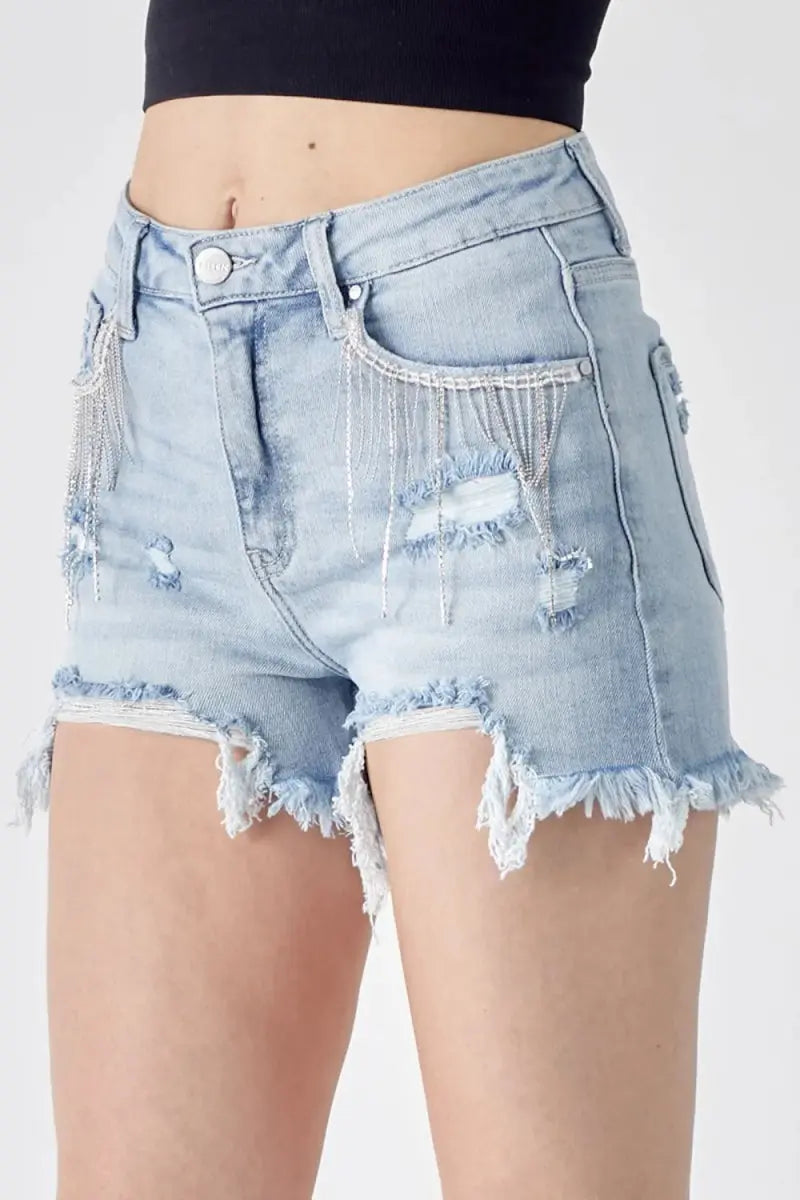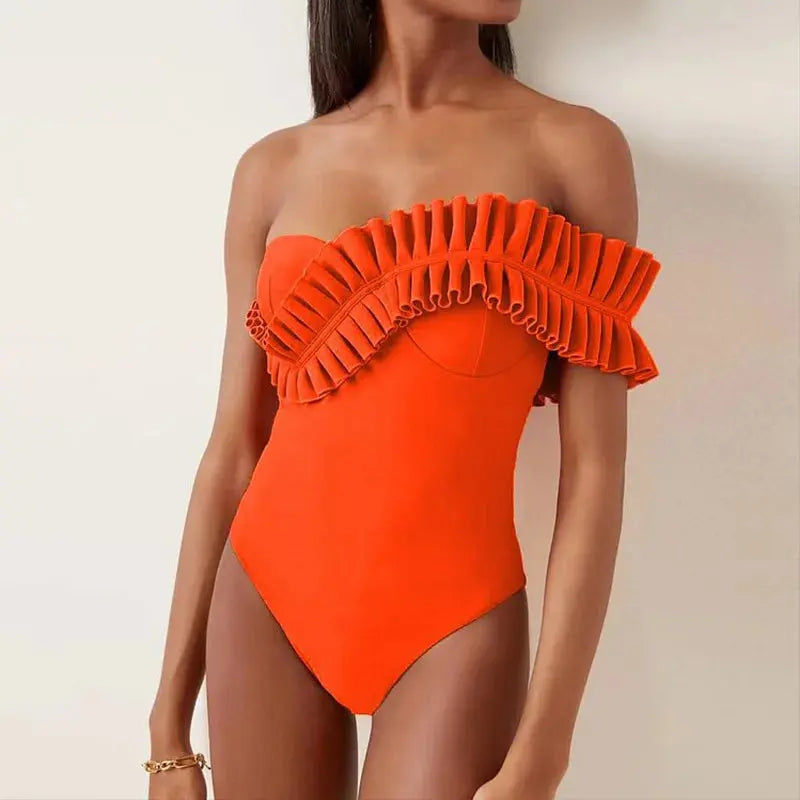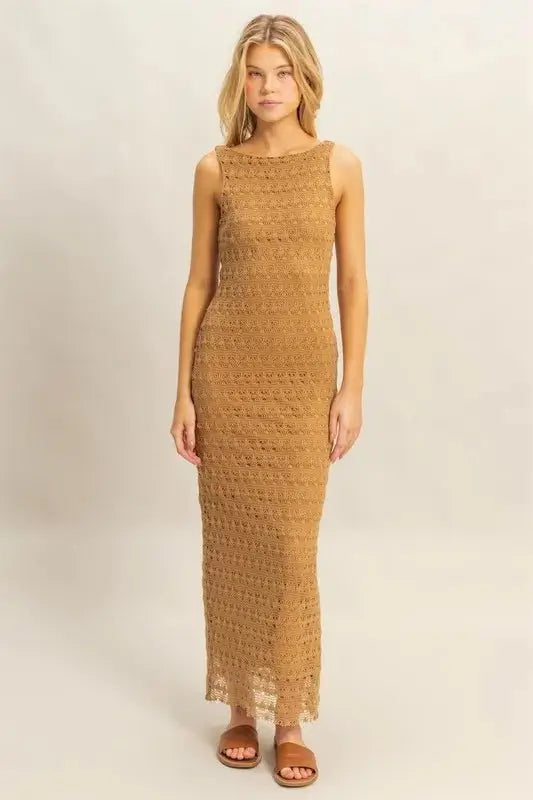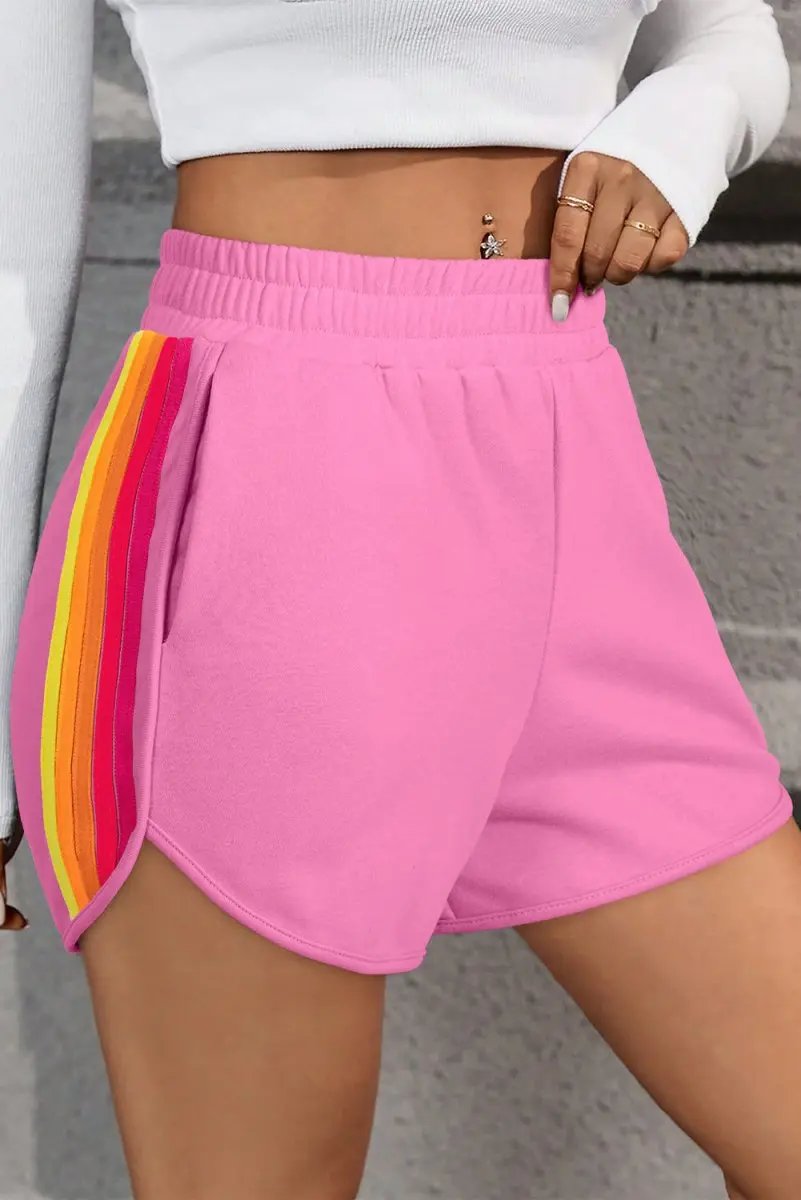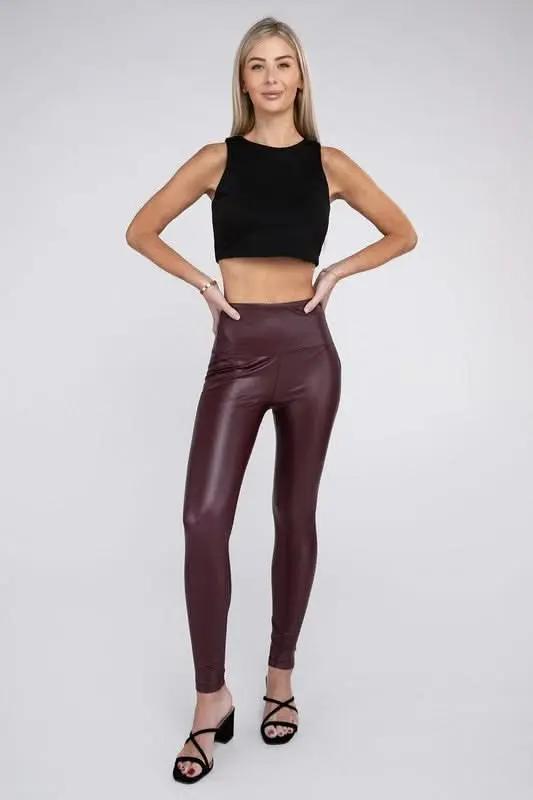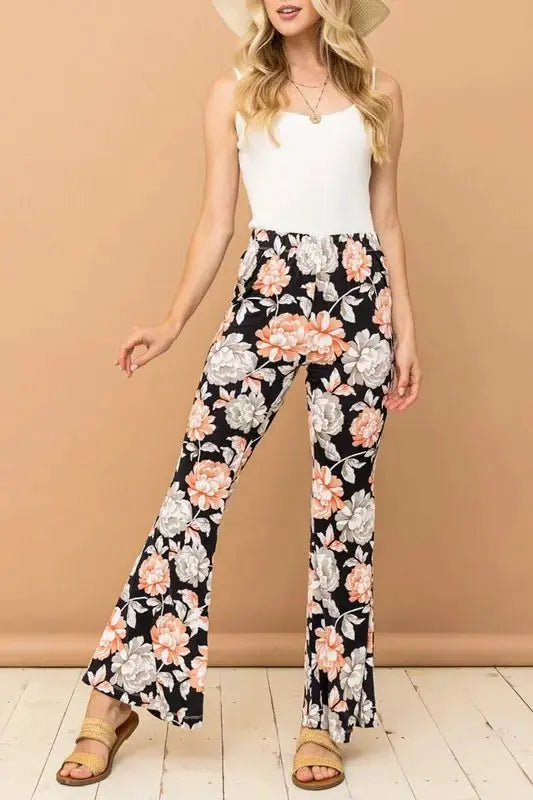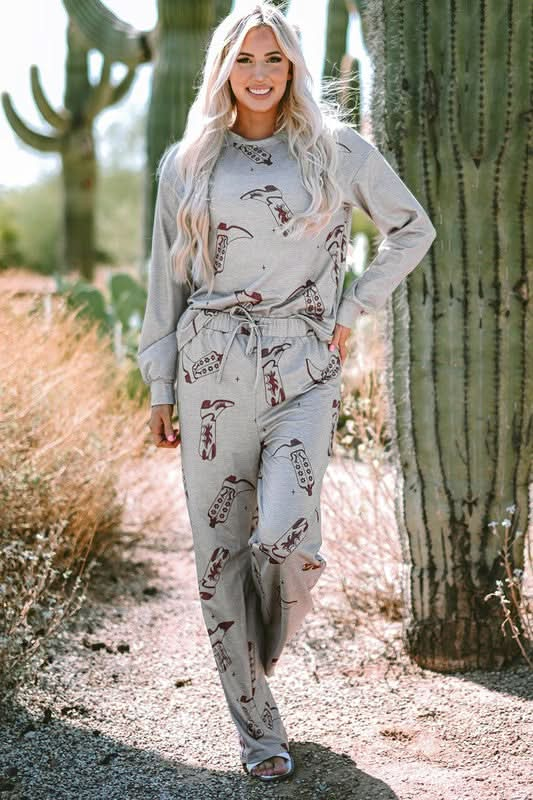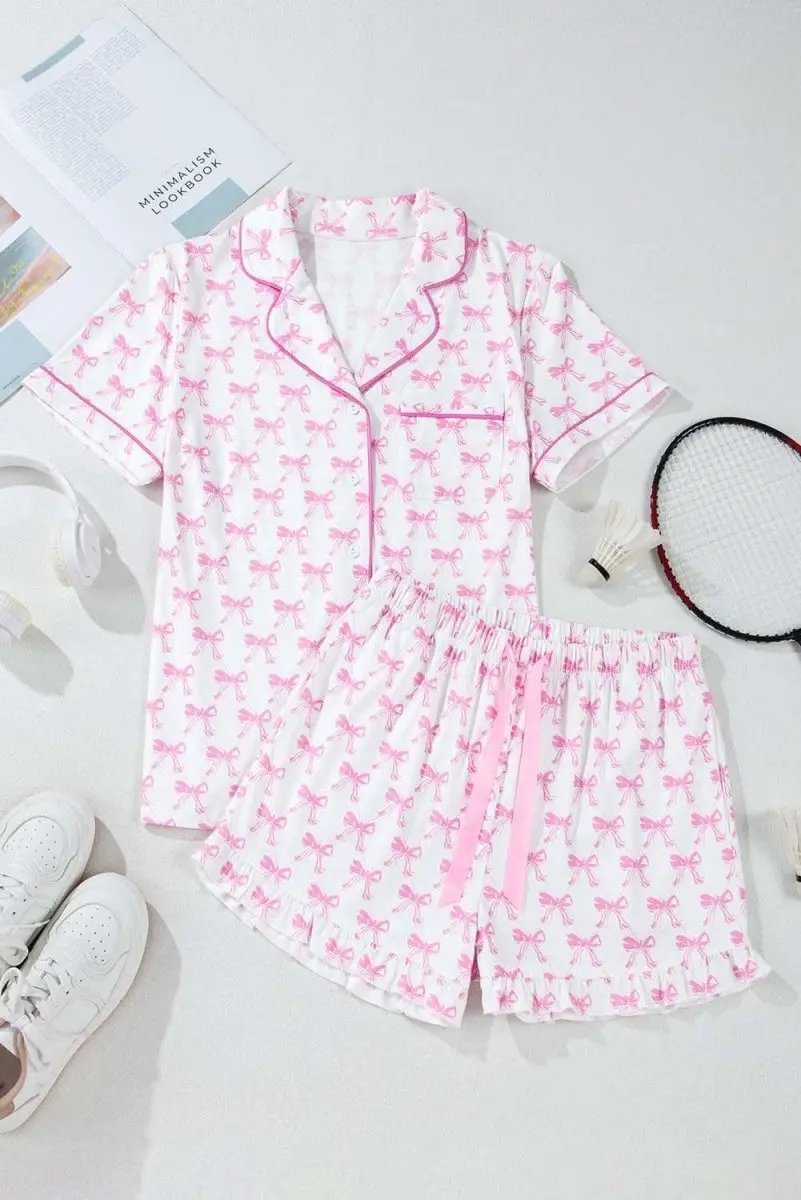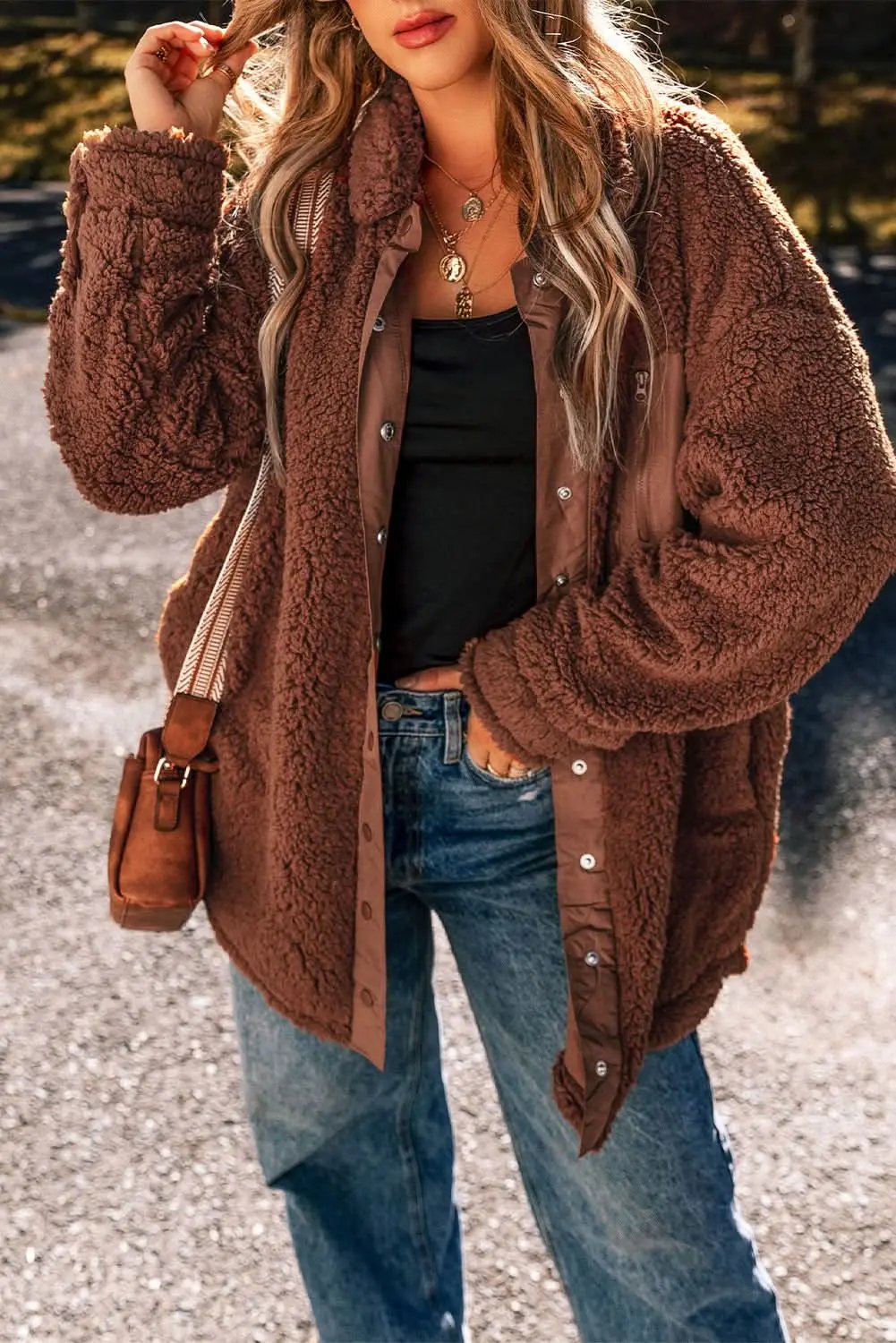Introduction
In the ever-evolving landscape of fashion, 2025 marks a pivotal year for sustainable innovation, especially within the realm of plus-size fashion. As consumers become more environmentally conscious and demand inclusivity, designers and brands are embracing next-generation sustainable fabrics that are transforming how clothing is made, worn, and perceived. This revolution is not only about creating stylish, comfortable, and inclusive plus-size garments but also about aligning with global efforts to reduce environmental impact. This comprehensive guide delves into the cutting-edge fabrics, technological advancements, leading brands, challenges, and future prospects shaping the future of plus-size fashion in 2025.
The Dawn of Eco-Conscious Fabric Innovation
The push towards sustainability is more than a trend; it is a fundamental shift in fabric development. The focus lies on creating materials that are environmentally friendly, ethically produced, and compatible with inclusive sizing. Some of the most significant innovations include:
- Biodegradable Polymers: Developed from renewable plant sources such as cornstarch and sugarcane, these fabrics decompose naturally, reducing landfill waste. They are increasingly being used in everyday clothing, including plus-size apparel, without compromising on durability or comfort.
- Recycled Fibers: Clothing made from recycled plastics, fishing nets, and textile waste has gained prominence. Companies are pioneering methods to turn ocean plastics into soft, high-quality fabrics suitable for plus-size garments that require strength and stretch.
- Organic and Regenerative Cotton: Organic cotton grown without synthetic pesticides or fertilizers not only lowers environmental impact but also offers a breathable, hypoallergenic option suitable for diverse skin types, which is essential for inclusive fashion.
- Novel Plant-Based and Mineral-Infused Textiles: Innovative textiles made from cactus, eucalyptus, or mineral-infused fibers provide sustainable alternatives that are lightweight, durable, and environmentally friendly. These materials are paving the way for eco-luxury plus-size fashion.
Emerging Technologies Amplifying Sustainability
Technological progress is amplifying the possibilities of sustainable fabric production, enabling more efficient, ethical, and customizable clothing options for plus-size consumers:
- Nanotechnology: Enhances fabric properties such as stain resistance, water repellence, UV protection, and antimicrobial features, thereby preventing frequent washing and extending wearability, which conserves resources.
- 3D Printing and Digital Fabrication: These technologies facilitate zero-waste manufacturing by creating garments with minimal textile leftovers. Plus, they allow for personalized fits catering specifically to diverse body shapes and sizes, reducing returns and waste.
- Smart and Functional Fabrics: Incorporating sensors that monitor body temperature, hydration levels, or motion support, these fabrics enhance comfort and longevity, making them ideal for activewear or everyday wear in plus sizes.
- Biofabrication and Lab-Grown Materials: Scientists are crafting fabrics in labs from algae, fungi, and other sustainable bio-resources, promising a future where textiles are grown rather than farmed or harvested, drastically reducing environmental footprints.
Leading Brands & Designers Pioneering the Movement
Several brands are leading the charge by integrating next-gen sustainable fabrics into their plus-size collections, setting industry standards and inspiring others to follow:
- EcoPlus: A trailblazing brand committed to inclusive sizing with biodegradable fibers, eco-friendly dyes, and transparent supply chains. EcoPlus emphasizes zero-waste production and circular fashion models.
- Sustainable Spectrum: Known for vibrant designs crafted from recycled fabrics and organic textiles, offering plus-size consumers fashionable options that do not compromise on environmental values.
- GreenShape: Combines innovative recycled fibers with smart tailoring techniques to maximize fit and comfort for all body types while minimizing waste and water usage.
- Inclusivity Fashion Co.: Collaborates with eco-innovators to develop plus-size lines that feature adaptable, size-inclusive cuts made from cutting-edge sustainable fabrics.
Addressing Challenges and Exploring Opportunities
Despite the remarkable progress in sustainable fabric adoption, several obstacles remain that require strategic solutions:
- Higher Production Costs: Eco-friendly and innovative fabrics often have higher costs, which can translate into pricier clothing lines. However, economies of scale and technological efficiencies are gradually reducing these costs.
- Consumer Education and Awareness: Many consumers are still unfamiliar with the benefits and availability of sustainable fabrics. Effective marketing and education are vital to drive demand for eco-conscious plus-size fashion.
- Durability and Comfort Across Sizes: Ensuring that sustainable fabrics perform well for larger sizes—providing the right stretch, support, and longevity—is a priority for designers committed to inclusivity.
- Supply Chain Transparency: Verifying sustainability claims requires robust supply chain traceability, which is essential for building consumer trust and accountability.
These challenges also present opportunities for innovation, collaboration among scientists, designers, and consumers, and the development of new business models like clothing take-back schemes, repair services, and closed-loop manufacturing systems.
Future Outlook and Trends
The future of plus-size fashion in 2025 and beyond will continue to evolve with these key trends:
- Circular Fashion Ecosystems: Emphasizing recycling, upcycling, and reusing materials, leading to zero-waste cycles in garment production and disposal.
- Enhanced Personalization: Combining data-driven sizing and sustainable fabric innovations to craft perfectly fitted, eco-conscious garments tailored to individual needs.
- Global Collaborations: Partnerships between environmental organizations, textile innovators, and major fashion brands to push sustainable standards and accessibility worldwide.
- Consumer Empowerment: Increasing awareness and demand for transparency and authenticity will motivate brands to adopt more responsible practices and promote eco-conscious consumption habits.
Conclusion
The landscape of plus-size fashion in 2025 is transforming rapidly, propelled by next-generation sustainable fabrics and innovative technologies. This revolution signifies a shift towards more inclusive, eco-friendly, and technologically advanced clothing that respects both body diversity and planetary health. As brands and consumers collaborate in this movement, the future holds the promise of stylish, durable, and sustainable wardrobe options that make a positive impact on the world. The intersection of sustainability and inclusivity is no longer optional but essential—paving the way for a more equitable and environmentally responsible fashion industry.



